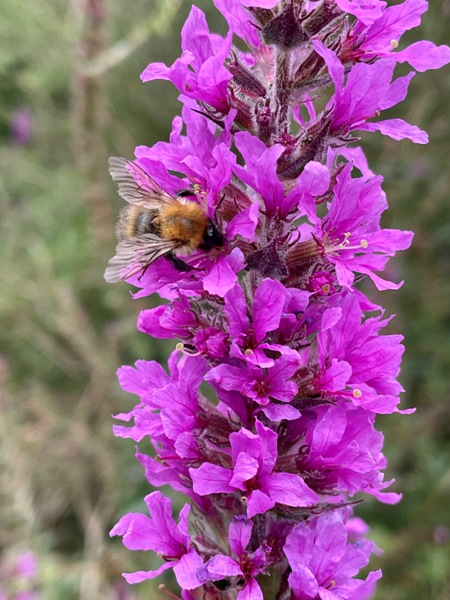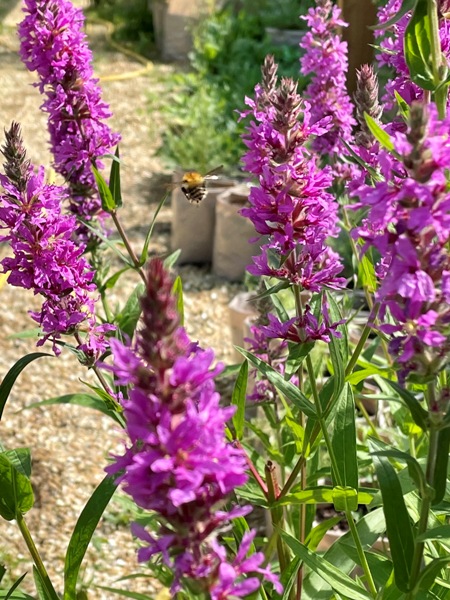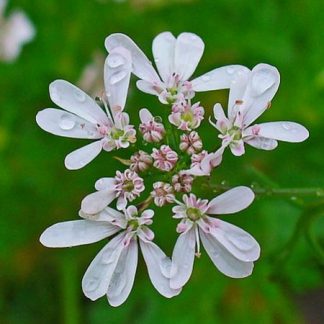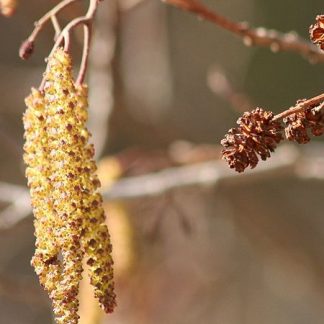Description
Lythraceae (family name)
Forage for Pollinators: Produces Nectar and Pollen for Short and Long-tongued Bumblebees, particularly Bombus pascuorum, Honeybees and Butterflies. If growing in sufficient quantity it is a honey plant producing a dark, strong-flavoured honey. The flowers are pollinated by Bees.
Flowering time: June, July, August.
Growing information: NATIVE PERENNIAL WILDFLOWER growing to 1 m (3ft 3in) by 0.5 m (1ft 8in). Prefers wet or damp, ideally in wetlands but will survive in most moisture-retentive soil, especially edges of streams and ditches. Garden-worthy with spectacular crimson flower spikes. Leaves can be cooked and eaten as a vegetable, being rich in calcium (though this author says it needs to be chopped small with plenty of seasoning added)! Modern research has shown the whole plant to be antibiotic and particularly effective against the micro-organism that causes typhus. It can be taken by people of all ages and has been used to help arrest diarrhoea in breast-feeding babies. It is noted for attracting wildlife, and all parts of the plant such as the leaves and roots are a food source for many beetles.
(NB. Introduction of this wildflower into North America has caused some strife, as it didn’t immediately have any insect predators. However its biological control with beetles has successfully brought it under control in wetland areas, allowing their native wetland plant species to make a comeback). Here in Europe it causes no such problems, on the contrary it is vital for a huge array of insect wildlife.






